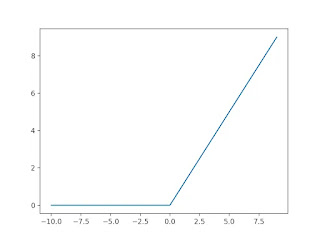What is data mining functionality?
Data mining refers to the process of discovering patterns, relationships, and valuable insights from large volumes of data. It involves various techniques and algorithms to extract meaningful information and knowledge from raw data. Data mining functionality can be categorized into several key areas: Data Cleaning and Preprocessing: This functionality involves preparing the data for analysis by removing noise, handling missing values, dealing with outliers, and transforming the data into a suitable format. Data Integration: Data mining often requires integrating data from multiple sources. This functionality combines different datasets, resolves inconsistencies, and ensures data compatibility. Data Selection: In this step, relevant subsets of data are selected for analysis. It involves identifying the appropriate data based on criteria such as time periods, data quality, or specific attributes of interest. Data Transformation: Data transformation involves converting data into a ...


